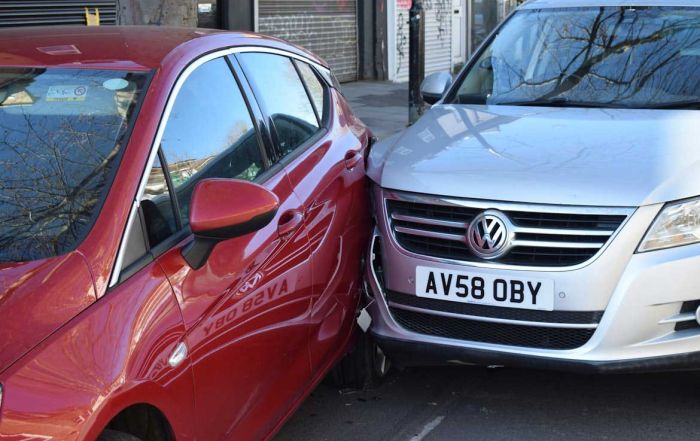
Simple Pleasure, Simple Protection: Cycling Safety
John F. Kennedy wrote that, “Nothing compares to the simple pleasure of a bike ride”. In Ottawa, that simple pleasure now enjoys greater protection with the recent addition of high-tech warning lights at the historically treacherous intersection of O’Connor and Waverley Streets. These warning lights alert motorists of an approaching cyclist’s intention to make a left turn, thereby creating an enhanced level of awareness and vigilance. While high-tech innovations are important for cycling safety, so too are low-tech cyclist safety precautions and in this blog we have provided you with an overview of safety equipment, a guide to cycling in traffic, and recommendations in the event you are involved in an accident.
Safety Equipment
In advance taking your bicycle out for a ride, it is important that you ensure the bicycle is in proper working order. Pay particular attention to the following bicycle parts to ensure that:
-
Brakes are functioning properly and not rubbing against the rims;
-
Spokes are not bent or loose;
-
Wheels are centred in the forks;
-
Quick-release levers are tight;
-
The headset turns freely;
-
Axles are not loose; and
-
Tires are appropriately inflated.
In Ontario, the law states that you must wear an approved bicycle helmet when riding a bicycle (Section 104 of the Highway Traffic Act, R.S.O. 1990, c. H.8, as amended). To determine whether a helmet is approved, look for a tag on the helmet from a safety organization such as the Canadian Standards Association. If you are involved in an accident, an approved helmet can significantly reduce your risk of serious and permanent injury.
Cycling in Traffic
A bicycle is considered a vehicle under the Highway Traffic Act, so you have the same rights and responsibilities to follow all traffic laws as other users of the road. This means that you must obey all traffic signs, signals, and road markings, without exception. You must also use appropriate hand signals to alert other drivers of your intention to change lanes, turn, or stop. In addition, and as with driving a car, you must not ride a bicycle while under the influence of alcohol, narcotics, or prescription drugs.
While cycling in traffic, use designated bicycle lanes wherever possible and, on unmarked roads, stay no more than one (1) metre away from the curb. It is critical that you look back over your shoulder to determine the activity of the traffic behind you before you change lanes, turn, or stop. Be especially careful when passing parked cars or slow-moving vehicles, and be aware of blind spots when doing so; particularly, around buses and trucks. Also, be alert for road surface hazards such as loose gravel, wet pavement depressions, glass and other sharp debris, raised surfaces, and holes.
When cycling with a group, ride single file on two-lane roads or when traffic is heavy on multi-lane roads. Remember to keep at least one (1) metre apart from other cyclists in the group and increase your spacing accordingly when travelling downhill or at high speed.
Cycling Accident Recommendations
If you get into an accident while riding your bicycle, we recommend the following:
-
Seek immediate medical treatment for your injuries;
-
Note the name, address, phone number, driver’s license, car make and model, and insurance details for all parties involved in the accident;
-
If you have car insurance, report the accident to your insurer within seven (7) days of the accident;
-
If you do not have car insurance, report the accident to the insurer of the at-fault party immediately;
-
Seek medical treatment from your family physician and any other recommended treatment providers; and
- Consult with any of the highly-skilled and compassionate lawyers at McNally Gervan LLP.
Personal injury law can be a complex landscape. However, the lawyers at McNally Gervin LLP know the lay of the land and are here to help you navigate your way to success. If you have a question or need assistance, our team of experienced and compassionate personal injury lawyers is here to help. We appreciate that every personal injury law case is unique and we work hard to ensure that our clients get what they need and deserve. Reach out to one of our personal injury lawyers today.






Follow Us